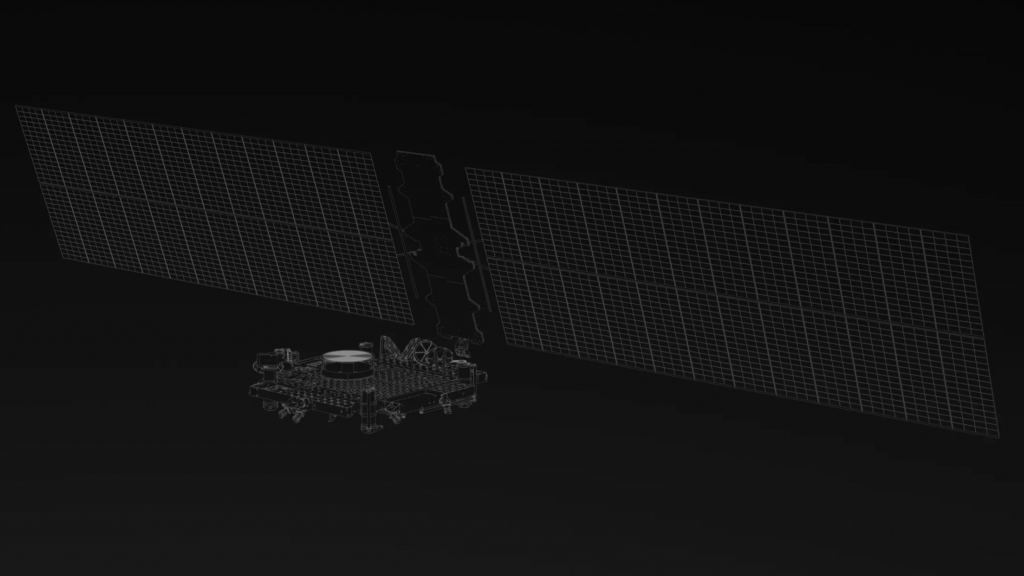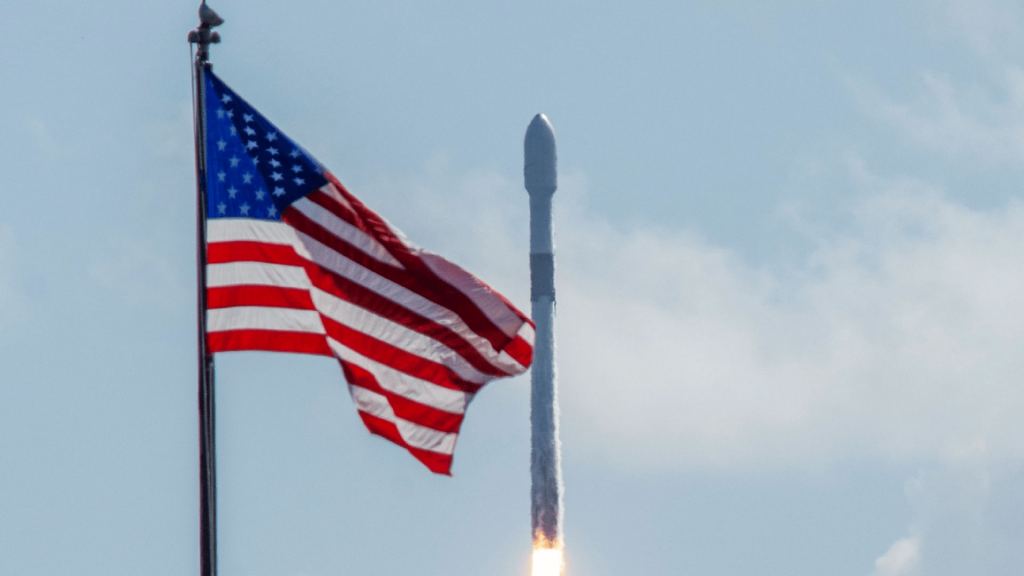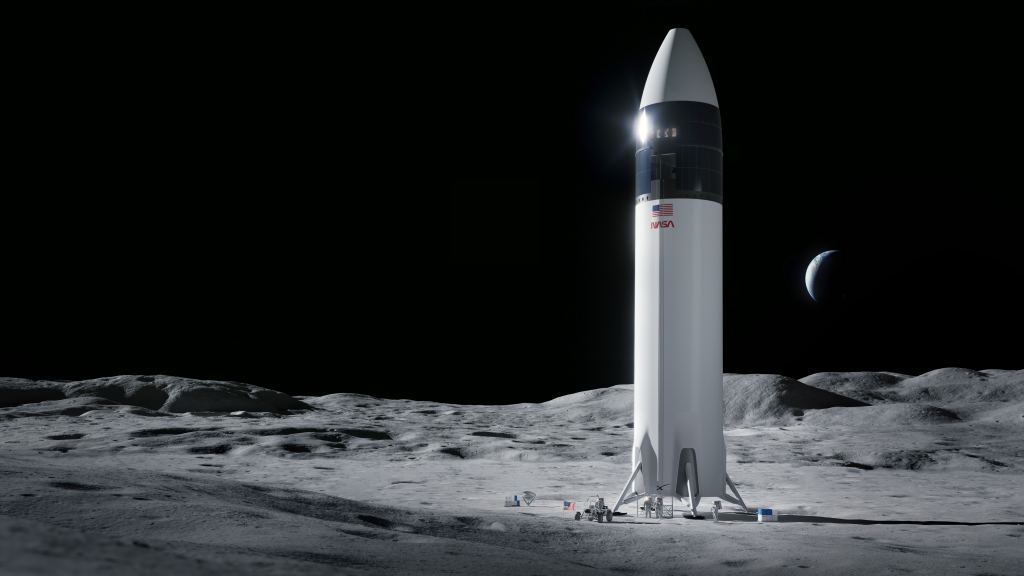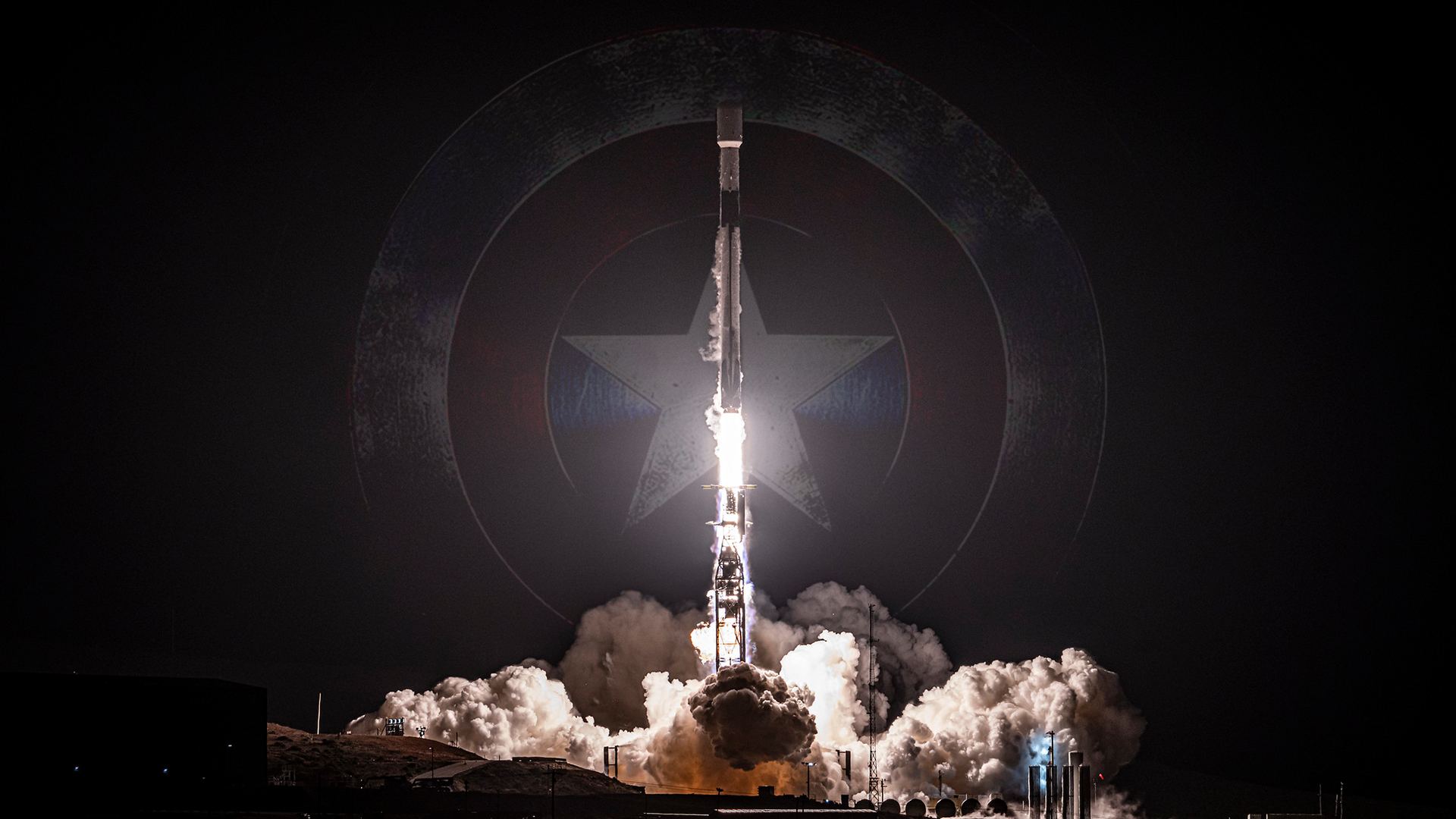SpaceX revealed their new service called Starshield. It is a “secured satellite network for government entities” and is aimed at “supporting national security.” The project looks similar to Starlink, but instead of providing service to end users and businesses, Starshield is aimed at government entities. Here’s what we know so far.
There was no big presentation with Elon Musk getting on stage or anything like that. SpaceX quietly released a new section on its website that adds another entry to the company’s list of services. The information we got is rather limited, but it’s still enough to see where things might be going.
What Is Starshield Exactly?

SpaceX has a lot of experience developing Starlink satellites. They develop all the hardware on their own. SpaceX launches the satellites with an unprecedented cadence. They control and maintain this huge constellation, providing communication services worldwide, even to Antarctica. Now SpaceX wants to offer this expertise as a service to the US government through Starshield.
SpaceX claims that Starshield will be focused on three main areas: Earth observation, communications, and hosted payload. This means they will develop, launch, and maintain custom satellites using Starlink technology and launch capability. They are offering SCaaS — Satellite Constellations as a Service — aimed at the B2G market.
Starshield is basically SCaaS — Satellite Constellations as a Service
With Starlink, SpaceX was their own customer. They ordered a constellation capable of delivering space internet connectivity on LEO from themselves, and they delivered it. With Starshield, SpaceX is ready to take orders from others.
Taking Starlink to The Next Level
Starshield will build upon the technology already available for Starlink. Satellites will feature a modular design. This means SpaceX will be able to integrate a variety of payloads depending on the customer’s specific needs. It will also use “additional high-assurance cryptographic capability to host classified payloads” on top of the end-to-end encryption available with Starlink. Starshield satellites will also use laser communication to talk to each other. It’s probably safe to say that Starshield will also use the existing Starlink network for communication if that’s what’s needed.

Working with the US government isn’t something new for SpaceX. They already do multiple launches for NASA, US Air Force, and US Space Force. With Starshield, they intend to expand this relationship. Thus getting even more government contracts. We heard multiple times from SpaceX and Elon himself that Starlink is a project intended to provide a lot of cash flow for the company. This way, they should be able to afford all their ‘Occupy Mars’ plans and other not-so-profitable ideas. Adding the government to the list of customers should surely help with that.
With Starshield in place, SpaceX will have even more vertical integration. They are the first private company that provides a full-stack approach to satellite constellations. SpaceX develops, launches, maintains, and services all its satellites. If you want to see how such an approach can benefit you, just look at Apple. It is the most valuable and, arguably, one of the most influential companies in the world. Many of their current successes came because of their very hardcore vertical integration.
NASA Has No Alternative to SpaceX At The Moment
At the moment, NASA depends on SpaceX a lot. Crew Dragon is the USA’s only spacecraft capable of delivering astronauts to the ISS, as Starliner continues to experience problems. Falcon 9 and Falcon Heavy make up more than 2/3 of the USA’s launches in 2022. Other rockets that may provide completion, like Vulcan or New Glenn, suffer multiple delays. But the situation can get even worse soon, as Starship will become operational.
When NASA awarded the HLS contract solely to SpaceX and further extended it later, they put themselves in a very dependent position. It’s obvious that the main space activity for the upcoming decade will revolve around Artemis. This is NASA’s flagship program that will generate the most hype, have the biggest contracts, etc. And it all depends on the success of SpaceX’s Starship. At least through Artemis III and Artemis IV, which are now planned for 2025 and 2027, respectively, and may be further delayed.

The Lunar version of Starship is designed to require multiple LEO refuelings to perform a landing on the Moon. This means that the fully stacked Starship system will need to perform multiple flights quickly. The only way to do that is to master rapid reusability. And the only way to do that is to have a working heat shield that will withstand reentry and won’t need too much servicing between flights; to have a fully working SuperHeavy with all its 33 Raptor V2 engines; to have a working Mechazilla that catches both Starship and SuperHeavy multiple times; as well as all the other bits and pieces that make Starship work.
Failing any of these things is a blocker for the entire Artemis program, as it further delays human landing on the Moon. Therefore, NASA now fully depends on the entire Starship project. It has no alternatives in the near future, as it’s the only landing option for both Aremis III and Artemis IV.
Starshield Makes Dependancy on Starship Even Worse

With the HLS contract, SpaceX got NASA (and thus the US government) dependent on Starship. This means they are directly interested in the success of the project. So, there’s a strong incentive for NASA and other government structures to remove all hurdles that the Starship project can potentially face.
SpaceX themselves are also dependent on Starship’s success. It’s the only way to launch Starlink V2, as they are too big and heavy to fit in Falcon rockets. SpaceX doesn’t explicitly say whether Starshield will share a platform with the first or the second generation of Starlinks; the latter might likely be the case. If so, then Starshield will tighten the knot of the US government’s dependency on Starship even harder.
He Who Fights Too Long Against Dragons Becomes A Dragon Himself

SpaceX is now in a very dominant position in the space industry. Falcon rockets are responsible for over a third of all successful launches in 2022 in the world. Starlink has a huge head start over its competition, with over 3200 active satellites already in orbit. Without SpaceX, there will be no human landings on the Moon.
If Starship delivers on its promises of 100 tons to LEO with rapid reusability, it will significantly drop the launch costs for SpaceX. This will allow them to further increase their dominance in the markets they are already in and possibly get into new ones. And with the US government and NASA being so dependent on Starship because of Artemis and potentially Starshield, the regulators will have a stimulus to support SpaceX’s monopoly instead of properly regulating it and encouraging completion.
Monopolies are never good in the long term. And SpaceX is clearly on the course of becoming a very strong one. So, no matter how great SpaceX may seem, we desperately need NASA and other government structures to support the competition and encourage its success. Only this way the entire industry can benefit in long term.


News articles has claimed SpaceX has been declaring knowhow from protecting Ukraine communications from attacks during Russia’s war against them.
It’s not clear to me that Starshield will be confined to US government. As SpaceX has full control of “processed data” delivery they can in principle geocontrol missions to block areas of US interests while delivering encrypted or open science data to interested customers.
On de facto monopolies they have never lasted indefinitely, and specifically on Artemis dependence NASA has just started up the 2nd supplier competition on moon landers.